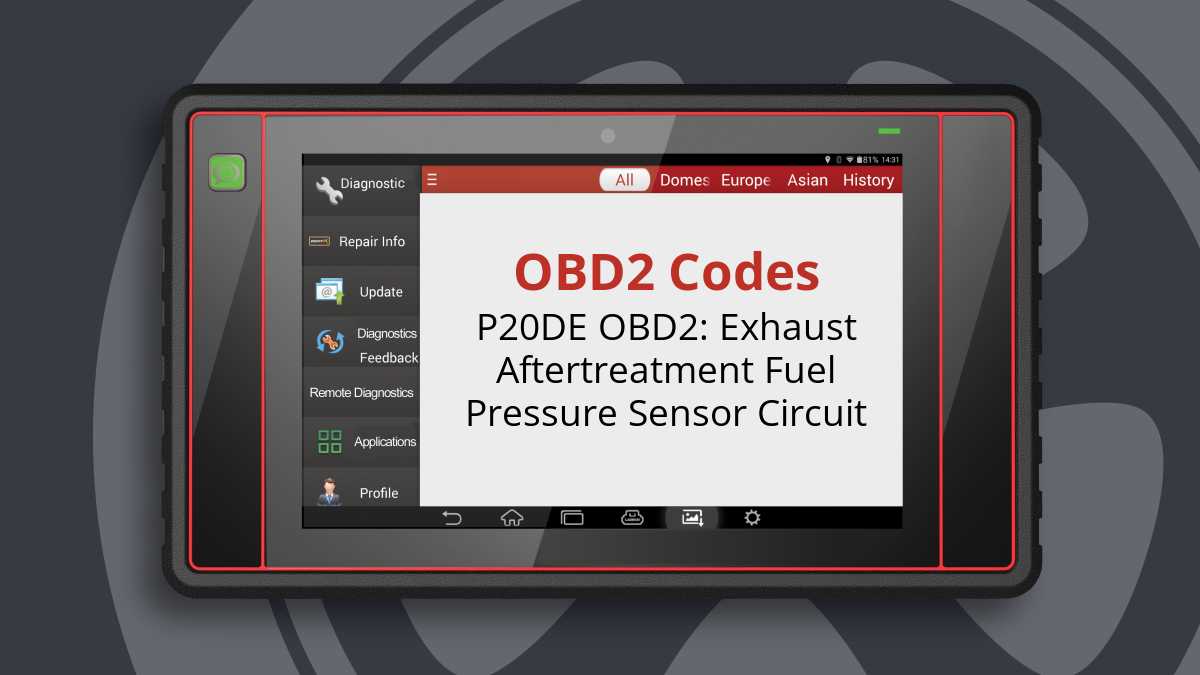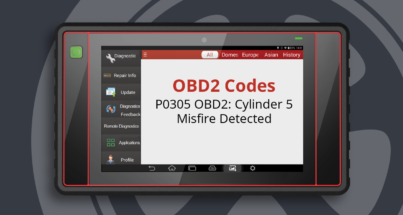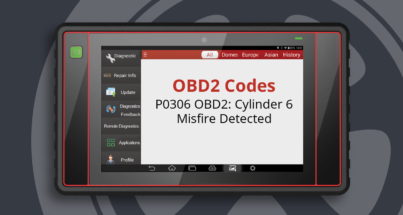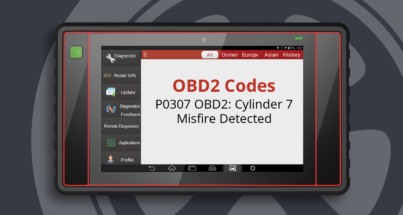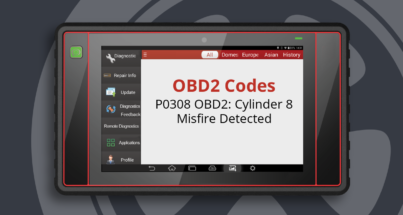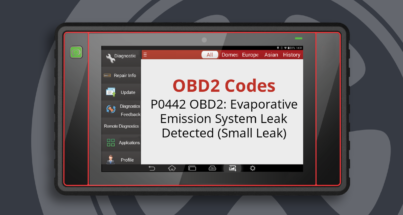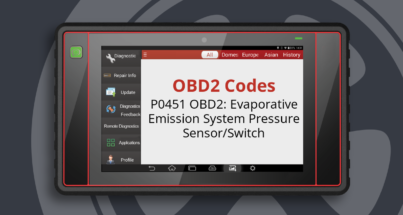The P20DE code is an OBD-II trouble code that indicates an issue with the Exhaust Aftertreatment Fuel Pressure Sensor Circuit. This code is primarily associated with vehicles equipped with diesel engines that utilize Diesel Exhaust Fluid (DEF) for emissions control.
What Does the P20DE Code Mean?
The P20DE code refers to a problem detected in the exhaust aftertreatment system, specifically with the fuel pressure sensor that monitors the pressure of the Diesel Exhaust Fluid being injected into the exhaust stream. This system is crucial for ensuring that harmful emissions are reduced effectively.
What Causes the P20DE Code?
There are several potential causes for the P20DE code, including:
- Failure of the aftertreatment pressure sensor
- Issues with the Powertrain Control Module (PCM)
- Wiring problems related to the sensor or its circuit
These issues can prevent the proper operation of the DEF system and lead to increased emissions.
What Are the Symptoms of the P20DE Code?
Symptoms associated with the P20DE code may include:
- Failure of the Diesel Particulate Filter (DPF) regeneration process
- Increased exhaust emissions
- Check Engine Light illumination
While these symptoms may not indicate an immediate danger, they can lead to more serious issues if left unaddressed.
How Serious Is the P20DE Code?
The P20DE code is considered to have moderate severity. While it may not pose an immediate threat to the vehicle’s safety or functionality, it is important to have it diagnosed and repaired in a timely manner to prevent further complications and ensure optimal vehicle performance.
How to Diagnose the P20DE Code
Diagnosing the P20DE code typically involves the following steps:
- Use an OBD-II scanner to confirm the presence of the P20DE code.
- Inspect the wiring and connectors leading to the aftertreatment pressure sensor for any signs of damage or corrosion.
- Test the aftertreatment pressure sensor to ensure it is functioning correctly.
- Check the operation of the Powertrain Control Module (PCM) to rule out any faults.
Professional diagnostics may be necessary to pinpoint the exact issue.
Common Repairs for the P20DE Code
Common repairs for the P20DE code may include:
- Replacing a faulty aftertreatment pressure sensor
- Repairing or replacing damaged wiring or connectors
- Addressing any issues with the Powertrain Control Module (PCM)
These repairs can restore proper function to the exhaust aftertreatment system.
How Much Does It Cost to Fix the P20DE Code?
The cost to fix the P20DE code can vary significantly based on the underlying issue and the labor rates in your area. On average, repairs can range from $100 to $600, depending on whether parts need to be replaced or if extensive diagnostics are required.
Can I Fix the P20DE Code Myself?
If you have experience with automotive repairs and access to an OBD-II scanner, you may be able to diagnose and fix some aspects of the P20DE code yourself. However, due to the complexities of the exhaust aftertreatment system and the importance of proper functioning for emissions, it is often recommended to consult with a professional mechanic for a thorough diagnosis and repair.


